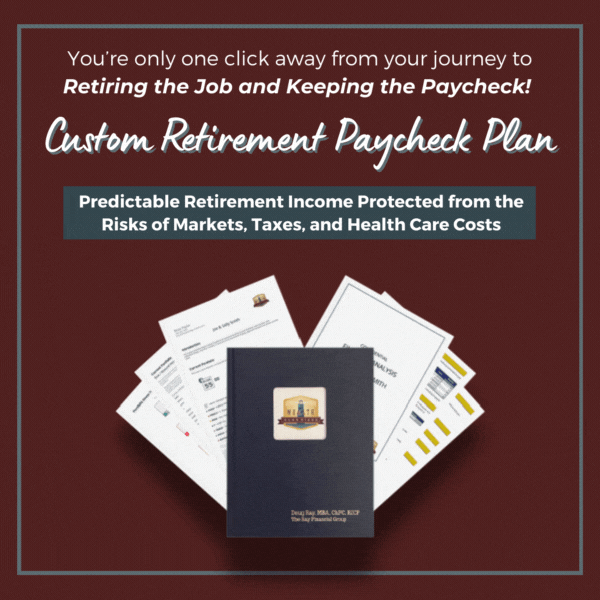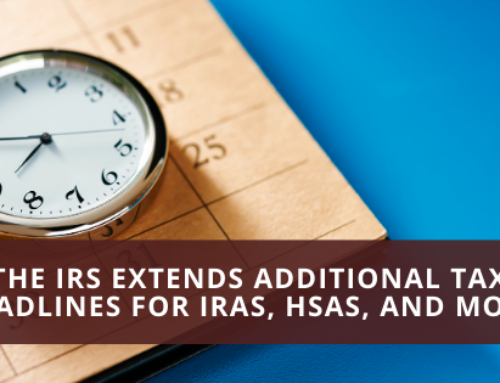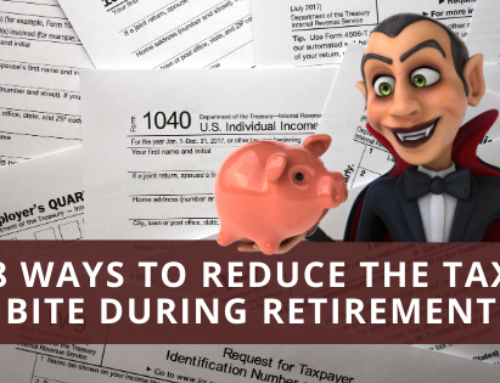 One of these questions is significantly more important to your success.
One of these questions is significantly more important to your success.
We’ve all been there: scratching our heads wondering what to do with the retirement savings accounts. Too many choices can be overwhelming, until you step back and realize that there are actually only three questions. Once you know this, starting to make decisions becomes much easier.
It doesn’t matter if you have a Roth individual retirement account, a traditional IRA, an employer-based 401(k) or a deferred compensation plan.
The three things you have to decide are:
- How much to contribute.
- How to allocate among asset classes.
- Which funds to choose.
How Much Matters A Lot
One of these three decisions is significantly more important to the overall success of your plans. How much you contribute makes a much greater difference in the outcome of a plan than your allocation or fund choice possibly can, even in the best of circumstances.
This doesn’t mean that you should not pay careful attention to the other two, but experience tells us that you can make a mistake here and there with them without sinking the boat. By choosing to save as much as possible, we lay the groundwork for asset allocation.
Each year the Internal Revenue Service tells you how much you can contribute to different accounts. For example, the maximum contribution to your 401(k) plan is $19,500 in 2021, with a $6,500 catch-up for those over 50.
A Good Rule of Thumb
A good rule of thumb is that you should set aside at least enough retirement savings to get the maximum from your employer’s match, assuming it is available. Beyond that, the more you can salt away, the more compounding can work for you.
Allocation decisions – depend on your own timeline, risk tolerance, and return needs.
The first thing to compare is the expense ratio, meaning the fund’s operating costs as a percentage of its assets. This is the simplest factor you can control. A lower-cost fund can make a larger difference than an aggressive allocation in the later years of a plan.
Planning Matters
But here’s something about this process that you probably didn’t realize, which is to have an overall plan.
That means developing goals, mapping out how you achieve them and then putting the plan into action – sticking to it, through thick and thin, and continuously monitoring your progress.
You’re probably saying to yourself, “What a shock. The planner is advocating that we have a plan.”
Touché.
But you should develop a sound financial plan even if you don’t hire someone. It is the foundation for you to make the right decisions about your retirement savings.
How We Can Help
Our Custom Retirement Paycheck Plan shows how your benefits interact with other income sources including Required Minimum Distributions (RMDs), dividends and interest, capital gains, and other income (Pensions, annuities, rental income, etc.). We provide a custom report that will show you how and when to file for Social Security to maximize your benefit.
Let us show you in black and white a custom retirement income plan that is comprehensive, individualized and based on strategies that balance growth with downside protection. Get your Custom Retirement Paycheck Plan now!
Give us a call at our Charlotte office at (704) 248-8549, or our Clemmons office at (336) 391-3409. Or, click here to request a no-cost, no-obligation meeting.
[SOURCES & ADDITIONAL DISCLOSURES]
Copyright © 2021 FMeX. All rights reserved. Distributed by Financial Media Exchange.





